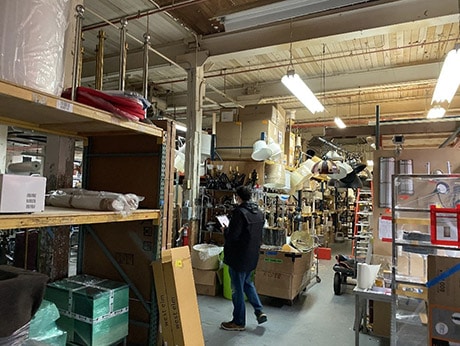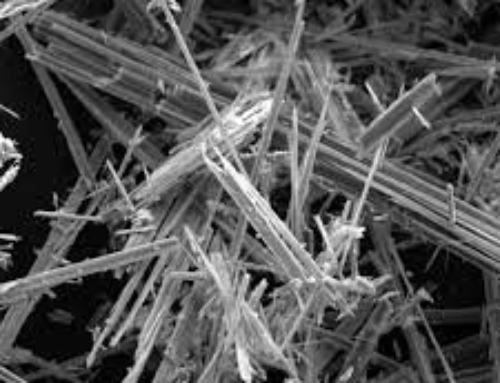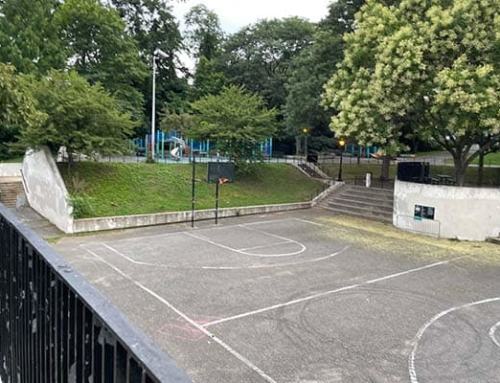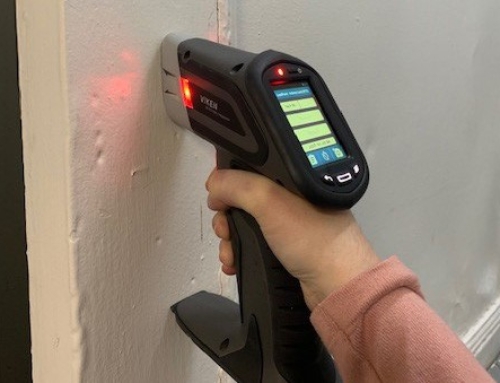Why Do I Need a Phase I Environmental Site Assessment?
A Phase I Environmental Site Assessment (ESA) is a useful resource for a new property acquisition or the refinancing of an existing property, providing the property owner with investment and liability protections. Phase I ESAs assess the potential for environmental issues at a property, based on assessment of current and former uses of the Site and surrounding properties, and is required as part of conducting an All Appropriate Inquiry in support of innocent landowner defense under Superfund laws, if environmental contamination from historic on-Site operations is later discovered. If the owner had no knowledge of on-Site contamination at the time of acquisition through making All Appropriate Inquiries, then the owner may be exempt from Superfund fines and penalties. An additional defense, the Landowner Liability Protections defense, is only available if all requirements of the All Appropriate Inquiry regulations were conducted or updated within one year prior to acquisition, but certain aspects, including interviews of current and past owners, review of government records, on-Site visual inspection, and searches for environmental cleanup liens, must be conducted or updated within 180 days prior to acquisition. Additionally, the property owner must comply with “continued obligations,” which includes no disposal after acquisition, compliance with land use restrictions and not impeding institutional controls, taking “reasonable steps” to manage releases, and providing full cooperation, assistance, and access. For this reason, most lending institutions will require a Phase I ESA prior to closing a loan, to protect themselves in case the loan defaults.
Athenica has prepared thousands of Phase I ESAs for residential, commercial, and industrial properties throughout New York City and the surrounding areas, on behalf of various parties involved in the due-diligence process, including prospective buyers, legal counsel, lenders, and sellers of properties. Our Phase I ESAs meet the requirements of the current ASTM standard and include a Site inspection, interviews, review of local, state, and federal regulatory databases and agency records, and the evaluation of other available historical documentation to evaluate the potential for environmental contamination.
Please contact Kenneth Wenz, Senior Project Manager in our HazMat division for more information on how we can assist you with your property.










